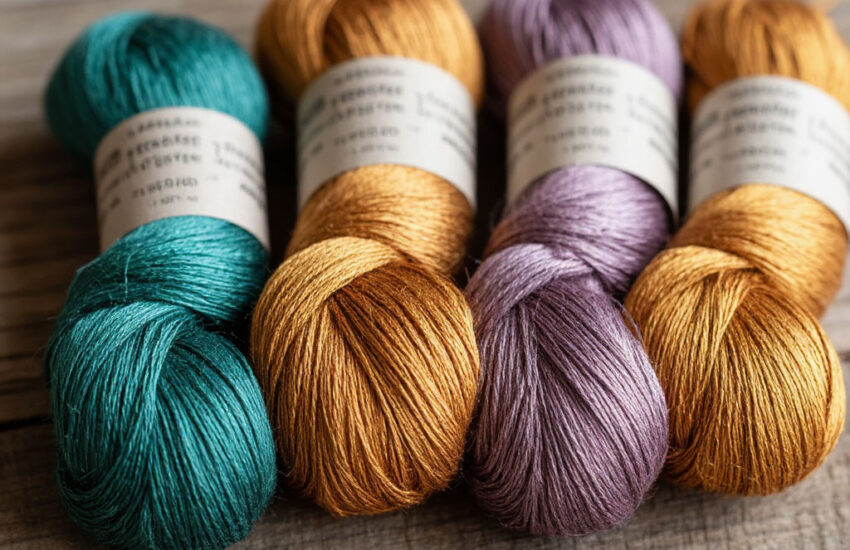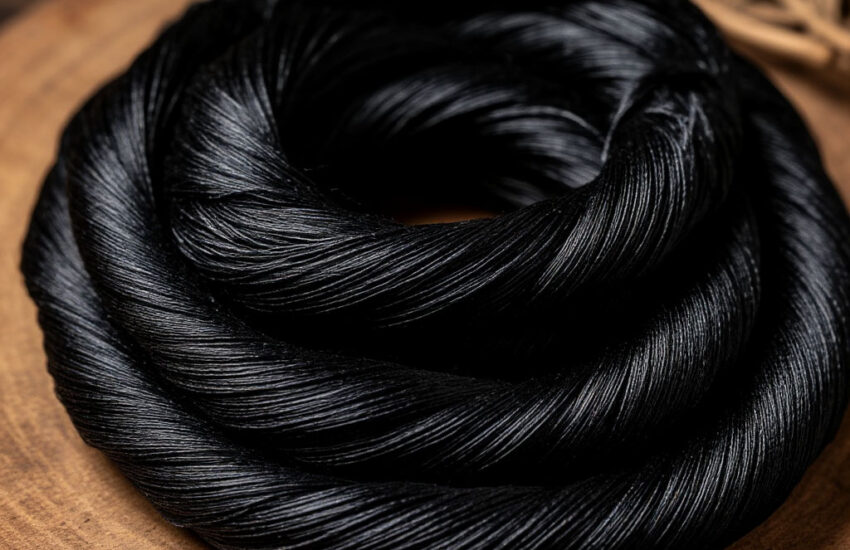Peace Silk and Sasawashi: The Future of Ethical Fabrics
Contents
The fashion revolution demands sustainable luxury textiles, and nothing embodies this shift better than peace silk and sasawashi. These innovative Japanese eco-friendly fabrics represent the pinnacle of non-violent silk production and ecological textile engineering. For conscious consumers seeking ahimsa silk benefits combined with cutting-edge fabric technology, this deep dive reveals why peace silk and sasawashi should dominate your sustainable wardrobe.
By the end of this article, you’ll be able to download a checklist — a simple guide to exploring peace silk and Sasawashi as ethical, sustainable fabrics for your projects.
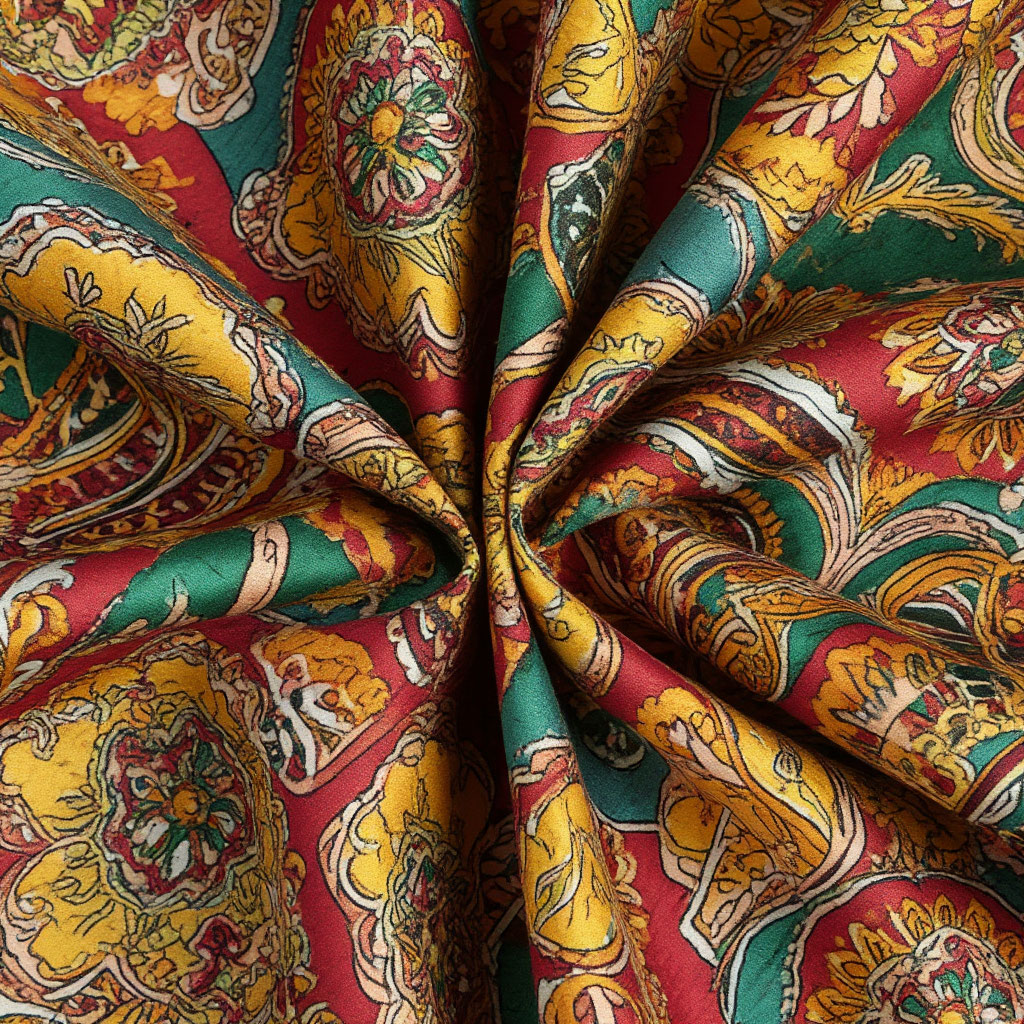
Peace Silk: The Ethical Choice for Conscious Consumers
Have you ever stopped to think about the true cost of that silky blouse that feels so luxurious against your skin? The truth might shock you.
Traditional silk production is pure cruelty. To create those smooth threads, silkworms are boiled alive inside their cocoons. Yes – alive.
But there’s an alternative: peace silk (also called ahimsa silk). This is cruelty-free silk where moths naturally emerge before their cocoons are harvested. No killing. No suffering. Just beautiful, ethical silk fabric that aligns with sustainable values.
Why Peace Silk Outperforms Conventional Silk
- No violence – Moths fly free instead of dying in boiling water
- Hypoallergenic – Perfect for sensitive skin types
- Eco-friendly – Biodegradable unlike synthetic alternatives
- Fair trade – Supports ethical wages for silk farmers
The Peace Silk Difference: How It Works
Imagine this: Silkworms feast on organic mulberry leaves (no pesticides!), spin their cocoons, then… fly away naturally. Only then are the empty cocoons carefully collected to create unique, slightly textured peace silk fabric with incredible durability.
Why This is the Future of Fashion
Ethical production – No animal suffering
Superior quality – More breathable and durable than regular silk
Unique character – Each piece has special artisanal texture
Sustainability – Supports regenerative agriculture
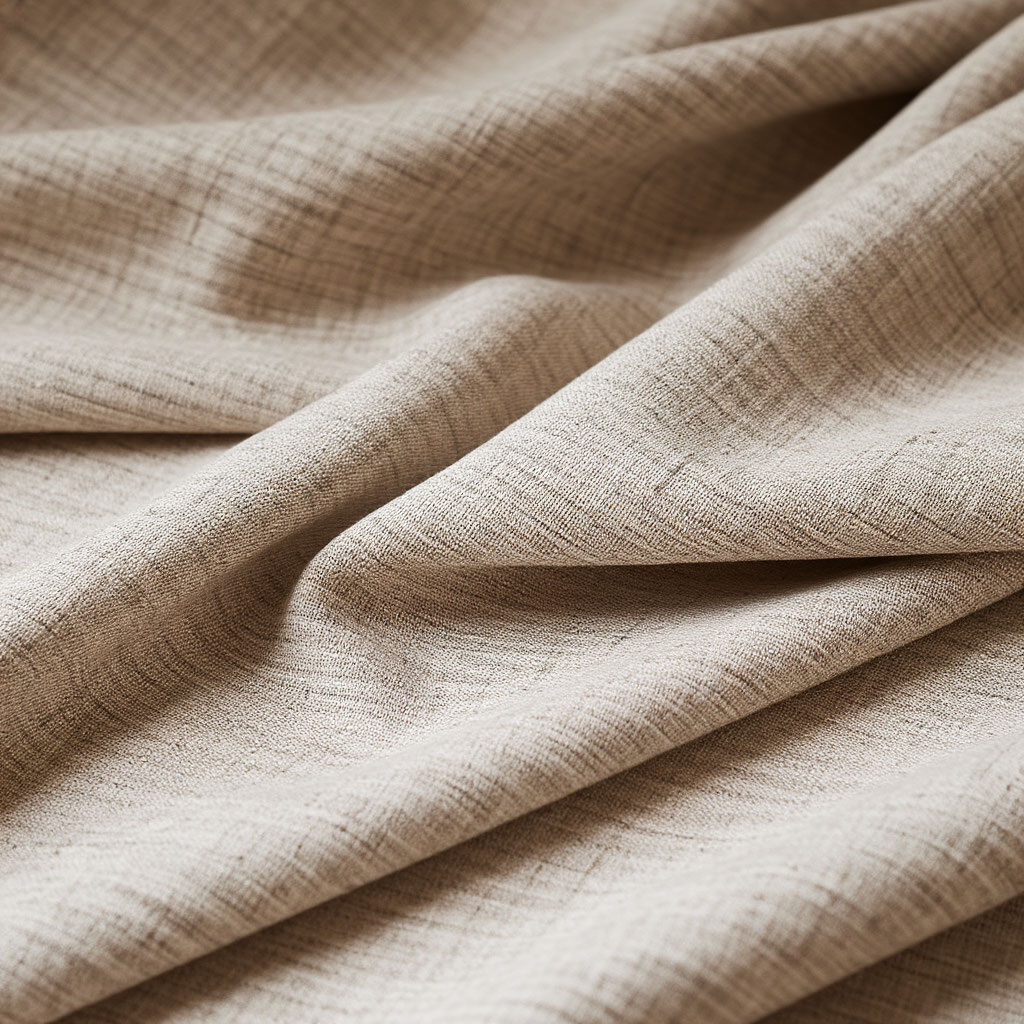
Sasawashi Fabric: Japan’s Antimicrobial Wonder
Move over bamboo and hemp – there’s a new superstar in eco-friendly fabrics, and it comes straight from Japan. Meet sasawashi fabric, the antimicrobial wonder material that’s redefining what sustainable textiles can do. Unlike any fabric you’ve tried before, this innovative material blends traditional Japanese craftsmanship with cutting-edge green technology to create what might be the perfect ethical fabric.
What Exactly is Sasawashi?
Sasawashi fabric is an extraordinary textile made from:
- 50% Japanese washi paper (from the bark of the kozo tree)
- 50% kumazasa grass (a type of bamboo grass with natural antimicrobial properties)
This unique combination creates a breathable fabric that outperforms cotton, linen, and even many synthetic materials. The sustainable production process preserves all the natural benefits of both plants, resulting in a fabric that’s:
- Naturally antibacterial (reduces odors by 70% compared to cotton)
- Hypoallergenic and gentle on sensitive skin
- Temperature-regulating for year-round comfort
- Incredibly durable while remaining lightweight
Why Sasawashi is the Future of Sustainable Fashion
- Unmatched Sustainability
Unlike conventional fabrics that require massive water and pesticide use, sasawashi fabric comes from:
- Fast-growing kumazasa grass that needs no fertilizers
- Kozo trees that regenerate after harvesting
- A production process that uses 80% less water than cotton
- Health Benefits You Can Feel
Those with skin sensitivities rave about sasawashi fabric because:
- Its natural pH balance matches human skin
- The porous structure allows exceptional airflow
- No chemical treatments are needed (unlike “anti-odor” synthetic fabrics)
- Performance That Surprises
Lab tests show sasawashi fabric:
- Dries 30% faster than cotton
- Maintains freshness 3x longer between washes
- Gets softer with each wash while maintaining durability
Real-World Uses of Sasawashi Fabric
- Activewear Revolution
Yoga pants and workout tops made from sasawashi fabric stay fresher longer – perfect for:
- Hot yoga sessions
- Hiking and outdoor activities
- Everyday gym wear
- Luxurious Bedding
Experience the ultimate in sustainable sleep with:
- Temperature-regulating sheets
- Hypoallergenic pillowcases
- Naturally antimicrobial duvet covers
- Everyday Fashion Staples
From eco-conscious t-shirts to elegant blazers, sasawashi fabric works for:
- Office wear that stays fresh all day
- Travel clothing that resists odors
- Baby clothes for sensitive skin
Where to Find Authentic Sasawashi Products
Beware of imitations! True sasawashi fabric should:
✔ Come with Japanese authenticity certification
✔ List the exact material composition (50/50 blend)
✔ Feel noticeably different from cotton or bamboo
Top brands working with genuine sasawashi fabric include:
- Sasawashi Tokyo (for luxury basics)
- Samurai (for performance wear)
- Mujosh (for home textiles)
The Bottom Line:
In a world overflowing with “eco-friendly” claims, sasawashi fabric stands out as a truly innovative sustainable textile that delivers on both performance and environmental promises. Whether you’re a fitness enthusiast, eco-conscious parent, or just someone who appreciates high-quality fabrics, this Japanese marvel deserves a spot in your wardrobe.
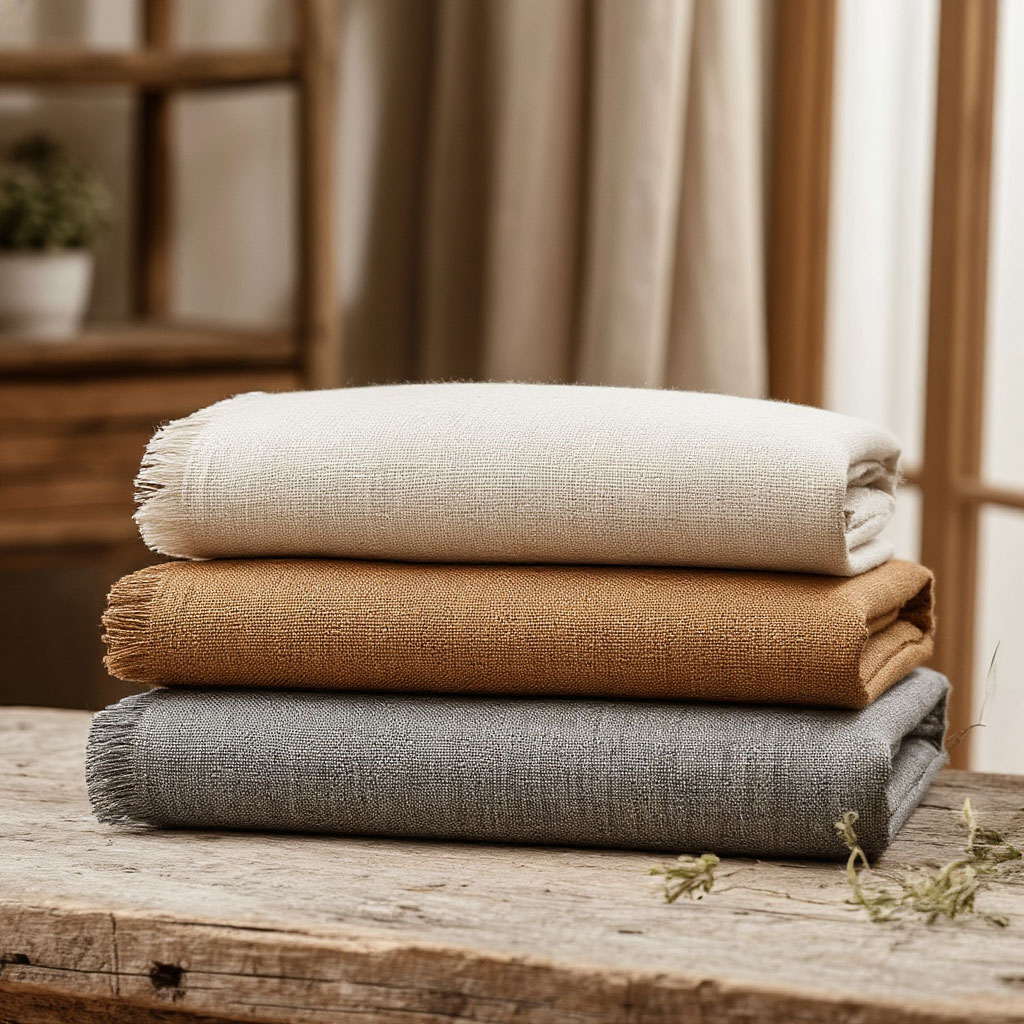
How Peace Silk Supports Fair Trade and Sustainability
Hold onto your hemp hats, eco-warriors, because I’m about to blow your mind with what peace silk can REALLY do! This isn’t just another “feel-good” fabric – it’s a full-blown movement shaking up the ethical fashion world. Forget everything you thought you knew about silk, because ahimsa silk production is here to rewrite the rules!
Girl Power in the Silk World
Let’s get real – most fashion industries exploit women. But peace silk? It’s flipping the script! We’re talking:
- Badass female entrepreneurs running their own silk farms
- Grandmas teaching granddaughters ancient weaving secrets
- Entire villages transformed by fair wages from cruelty-free silk
I met Lakshmi, a fair trade silk producer in India, who told me: “Before peace silk, I couldn’t afford school books. Now my daughter’s studying fashion design!” Cue the happy tears!
Silk That Actually HELPS the Planet?
Conventional silk is basically an environmental crime scene. But ahimsa silk production? It’s like nature’s rehab center!
- Mulberry trees = superheroes (they suck up carbon like it’s happy hour)
Zero pesticides (bye-bye chemical cocktails)
More bees, butterflies, and happy critters (your Instagram pics just got prettier)
The craziest part? Some organic silk farming projects have brought back endangered species! Talk about a glow-up for Mother Earth!
The Shocking Truth About Your Regular Silk
Let’s play a game called “Would You Rather”:
- Option A: Silk from boiled-alive worms + child labor + toxic runoff
Option B: Peace silk that educates kids + saves forests + pays living wages
Um… why is this even a question?!
Your Shopping Superpower
Every time you buy peace silk, you’re basically a fairy godmother:
- You build schools (Move over, Superman!)
You protect forests (Take that, deforestation!)
You keep ancient crafts alive (Who needs museums when you’ve got this?)
How to Spot the Real Deal
Warning! Greenwashing alert! Fake “ethical fashion” is everywhere. Here’s your cheat sheet:
- Look for the WFTO logo – the gold standard for fair trade silk
Check for GOTS certification – no sneaky chemicals allowed
Ask #WhoMadeMyFabric – transparency or GTFO
The Bottom Line
We’re not just buying clothes anymore, fam. We’re voting with our wallets for:
- A cleaner planet
Happier farmers
A future where fashion doesn’t suck
So next time someone says “It’s just a scarf,” you can say “Nope – it’s a revolution in sustainable textiles!” Mic drop.
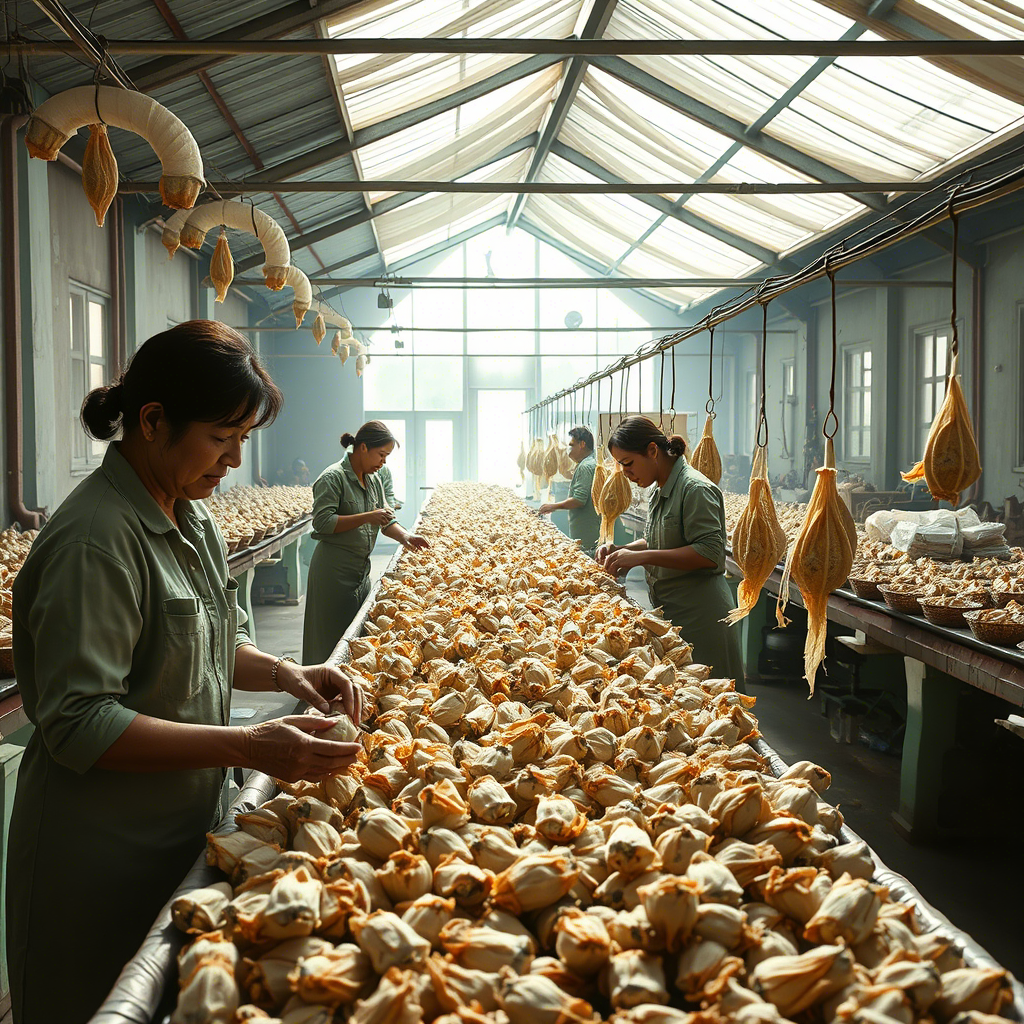
Where to Buy Authentic Sasawashi Textiles
Hold up, eco-fashionistas! Before you click “buy” on that so-called sasawashi fabric, you need to know the dirty secrets of the sustainable textiles world. I’ve been burned before, and I’m here to make sure YOU don’t waste your hard-earned cash on fake Japanese eco-friendly fabrics. Let’s spill the tea!
The Sasawashi Imposters Are EVERYWHERE
PSA: Just because it says “antibacterial fabric” doesn’t mean it’s the real deal! Here’s how to spot fakes:
The “Blend” Scam – Real sasawashi fabric is 50% washi paper, 50% kumazasa grass. If the label says “contains sasawashi” or lists weird synthetics? RUN.
The Water Test – Genuine breathable fabric dries crazy fast. If your “sasawashi” stays wet like cotton, you’ve been duped!
The Sniff Check – Real antimicrobial fabric stays fresh for days. If it stinks after one wear? Not authentic!
My Top Trusted Sasawashi Brands
After testing DOZENS of brands, these are the only ones I trust for authentic Japanese eco-friendly fabrics:
- Sasawashi Tokyo – Their luxury basics will ruin you for regular clothes
- Samurai Athletics – For workout gear that actually survives hot yoga
- Mujoshi Living – Bedding so comfy you’ll want to live in it
Pro Tip: Always check for the Japan Authentic Textile Association seal – the golden ticket for real sustainable textiles!
Sasawashi Hacks You NEED to Know
Want to make the most of your eco-warrior fabric?
Wash Cold – Preserves those magical antimicrobial properties
Air Dry – Keeps it breathing like new
Layer It – Perfect under peace silk for ultimate ethical fashion flex
The Price vs. Value Reality Check
Yes, real sasawashi fabric costs more than fast fashion. But let’s do the math:
$150 sasawashi shirt
- Lasts 5+ years
- Never smells
- Saves 3,000 liters of water
vs.
$20 “bamboo” shirt
- Fades in 3 months
- Gets stinky by lunch
- Probably made with toxic dyes
Which one actually saves you money? Mic drop.
Where I Found Hidden Deals
Secret sources for affordable sasawashi:
- Japanese marketplaces
- Sample sales from ethical brands
- Secondhand eco-fashion apps
Final Warning: If the price seems too good to be true… it’s NOT real sasawashi fabric!
The rise of peace silk and sasawashi proves that fashion can be both luxurious and sustainable. Whether you’re drawn to the ahimsa silk benefits or the cutting-edge innovation of sasawashi, these fabrics offer a guilt-free way to embrace style without compromise.
By supporting non-violent silk production and Japanese eco-friendly fabrics, you’re helping shape a future where fashion is kind—to people, animals, and the planet. You can now download a peace silk and Sasawashi checklist — a practical tool to help you choose, care for, and create with these innovative materials while staying true to ethical values.

